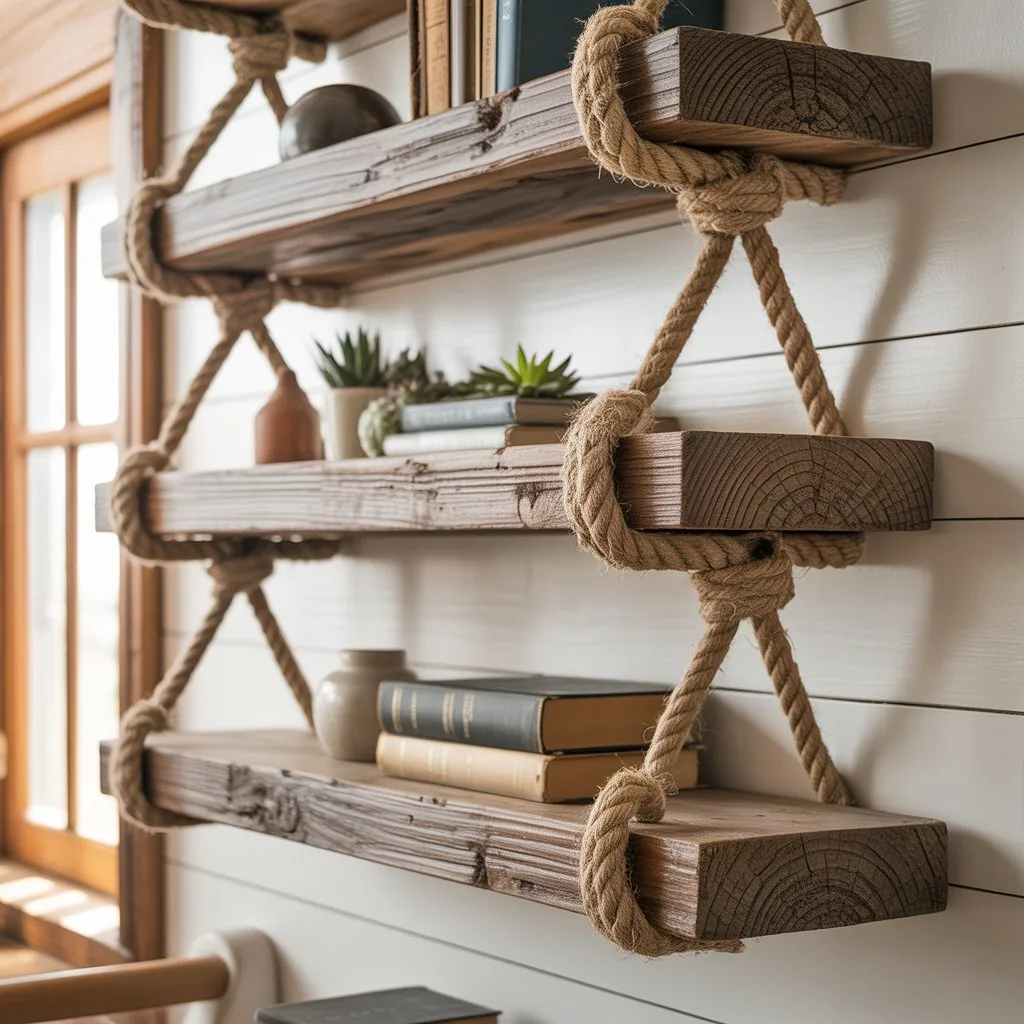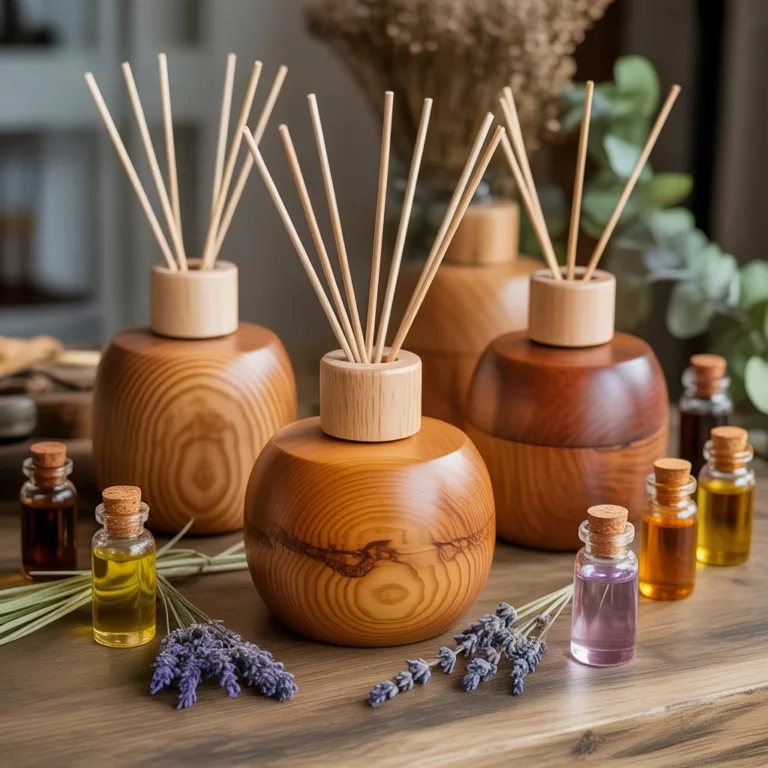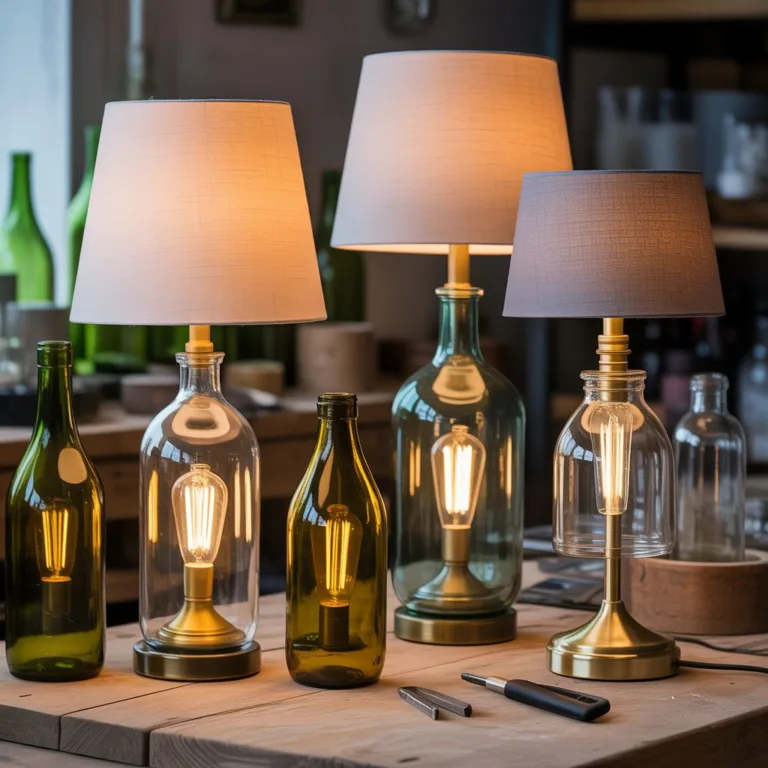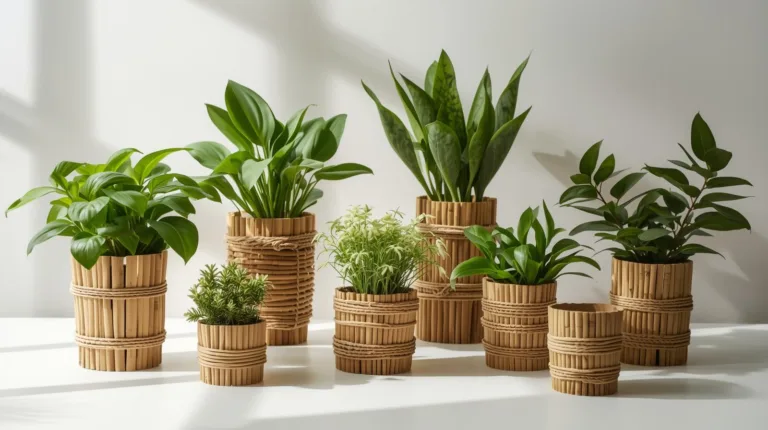Designing wall shelves from reclaimed wood and rope is a beautiful way to merge functionality with sustainability. These handmade pieces not only offer practical storage solutions but also add rustic charm and eco-friendly value to any room. Using reclaimed materials gives old wood new life, helping to reduce waste while bringing warmth and character into your living space. The combination of wood and rope creates a perfect balance between strength and simplicity — ideal for homes that embrace creativity and conscious living.

Selecting Reclaimed Wood for Your Shelves
The heart of this project lies in choosing the right wood. Reclaimed wood can come from old furniture, pallets, barns, or even discarded construction materials. Each piece carries a unique history, often featuring natural imperfections that add authenticity to your design.
Look for boards that are solid and free from rot or insect damage. Scratches, nail holes, and weathering are welcome — they tell a story and enhance the rustic aesthetic. Sand the surface gently to remove splinters while preserving the wood’s aged texture. If the boards are uneven, you can cut or plane them to create a level base for your shelves.
If you’re aiming for a clean look, apply a light stain or natural oil finish to highlight the grain. For a more vintage appeal, leave the wood untreated to maintain its natural weathered tone.
Choosing the Right Rope
Rope gives your reclaimed wood shelves both stability and visual appeal. Natural fibers such as jute, hemp, or sisal are sustainable options that match the organic look of reclaimed wood. Synthetic ropes can also work for heavier loads, but they don’t provide the same rustic charm.
Select a rope thickness that complements the size and weight of your shelves. A 10–12 mm rope is usually strong enough for most small to medium shelves. Before assembling, make sure the rope is free of frays or weak spots. You can also dye the rope using natural pigments to match your home’s color palette.
Designing the Layout
The beauty of using reclaimed wood and rope lies in the creative freedom it offers. You can make single-tier shelves for displaying plants or books, or multi-tier hanging shelves for kitchen spices, bathroom accessories, or decorative items.
Measure the wall space carefully and mark where the shelves will hang. Leave enough distance between tiers to accommodate the objects you plan to store. To keep the design balanced, ensure that the rope lengths on both sides are equal.
Experiment with different hanging styles:
- Vertical hanging shelves for a minimalist, space-saving setup.
- Staggered shelves for a more artistic, asymmetrical arrangement.
- Corner designs that make use of small or awkward wall spaces.
Assembling the Shelves
Drill holes in each corner of your wooden boards, wide enough for the rope to pass through. Thread the rope through the holes, tying sturdy knots underneath each shelf to hold it in place. Make sure each knot is tight and level so that the boards stay straight once hung.
If you’re hanging multiple shelves on the same ropes, tie knots at equal distances to support each tier. Double-check alignment by measuring from the top of the rope to each shelf’s surface.
For wall mounting, install strong hooks or anchors that can handle the weight. Drill securely into a stud if possible. If you’re using drywall, choose anchors rated for the expected load. Loop the rope ends over the hooks and adjust for balance before tightening any final knots.
Finishing Touches for a Polished Look
Once assembled, you can personalize your reclaimed wood and rope shelves with decorative touches. Add small brackets for extra support if needed, or wrap the rope ends with twine for a finished appearance.
To protect the surface, apply a thin layer of beeswax or natural oil. This enhances the wood’s color and helps resist moisture, especially if the shelves are used in kitchens or bathrooms. You might also add small leather straps or metal accents for a mixed-material aesthetic that blends rustic and modern elements.
Accessorize thoughtfully — small potted plants, candles, or handmade ceramics complement the raw materials beautifully. Keeping your display minimal allows the natural charm of the wood and rope to stand out.
Practical Uses for Reclaimed Wood and Rope Shelves
These shelves are not just decorative — they’re highly versatile. In the kitchen, they can hold jars, mugs, and utensils while giving the space a cozy farmhouse feel. In the living room, they’re perfect for books, plants, or framed art. Bathrooms benefit from their lightweight design for storing towels and toiletries, and bedrooms can use them as eco-friendly nightstands or photo displays.
If you love gardening, outdoor or balcony walls can host reclaimed wood shelves to display potted herbs and succulents. Since both materials are natural, they integrate seamlessly into green environments. Just make sure to use weatherproof finishes if they’ll be exposed to humidity or rain.
Maintaining Your Rustic Shelves
To keep your wall shelves looking their best, dust them regularly and check the knots for stability. If the rope loosens over time, simply retighten or replace it with a fresh piece. Reapplying natural oil every few months helps maintain the wood’s durability and prevents drying or cracking.
Because reclaimed wood may continue to expand or contract slightly with temperature changes, avoid placing it near heat sources or direct sunlight for prolonged periods. With a little care, your shelves will remain sturdy and attractive for years while continuing to tell their sustainable story.
Crafting with Purpose
Creating wall shelves from reclaimed wood and rope is a rewarding experience that combines craftsmanship, environmental awareness, and creativity. Every shelf is a reminder that functional design doesn’t have to compromise the planet — it can celebrate it.
By transforming discarded materials into useful and beautiful pieces, you breathe new life into what would otherwise be waste. Whether you’re an experienced DIY enthusiast or just beginning your sustainable journey, these shelves represent a simple, stylish way to reconnect with natural materials and mindful living.

Lucas Hartman is a DIY enthusiast and sustainability advocate focused on natural crafts and eco-friendly home décor. With a background in arts and design, Lucas creates tutorials that help families and hobbyists transform everyday recycled or organic materials into beautiful, functional projects.



